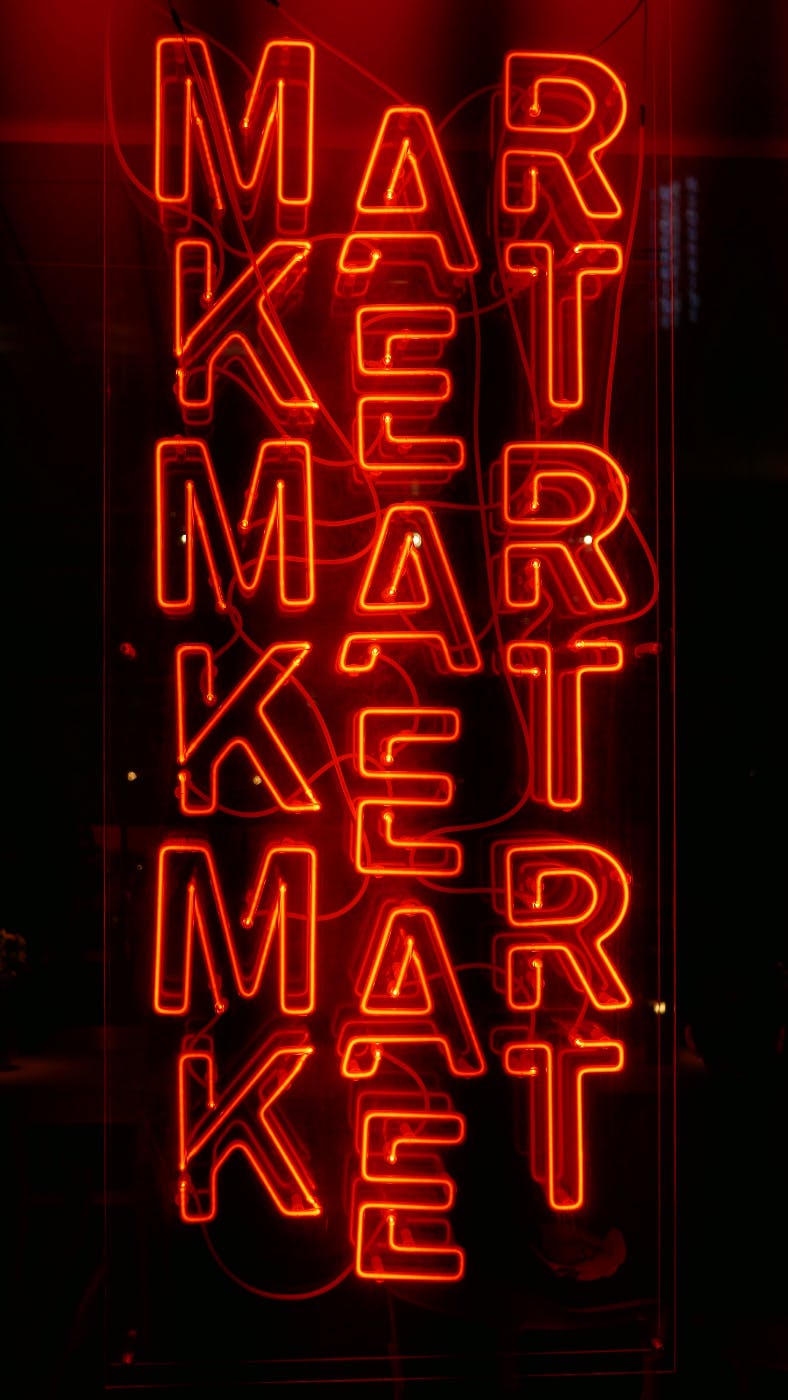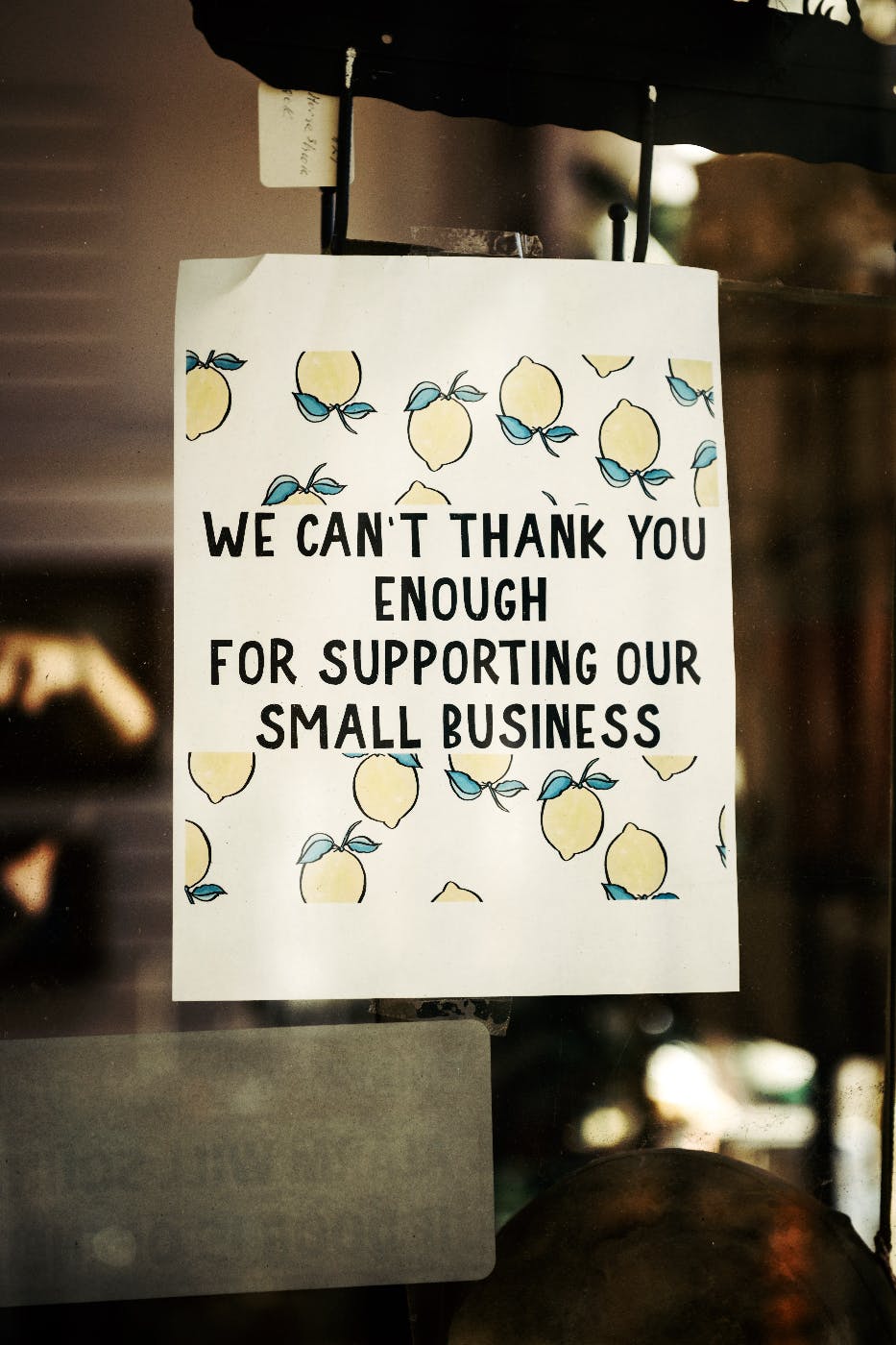
The future of branding is an exciting and ever-evolving landscape driven by emerging technologies and changing consumer behaviors. As businesses strive to stand out in a crowded market, adopting new and innovative branding strategies is becoming increasingly important.
The future of branding is an exciting and ever-evolving landscape driven by emerging technologies and changing consumer behaviors. As businesses strive to stand out in a crowded market, adopting new and innovative branding strategies is becoming increasingly important. In this article, we’ll explore some of the emerging trends and technologies that are set to shape the future of branding.
Personalization
One of the biggest trends in branding is personalization. Consumers today want brands to understand their individual needs and preferences and tailor their experiences accordingly. Advances in technology, such as artificial intelligence (AI) and machine learning, are making this possible. By collecting data on consumer behavior, brands can use algorithms to personalize everything from product recommendations to marketing messages.
Voice technology
Voice technology is another emerging trend in branding. Voice assistants like Amazon’s Alexa and Google Home are becoming increasingly popular, and brands are starting to take notice. Voice technology allows brands to engage with consumers in a more natural and conversational way. As voice assistants become more sophisticated, we can expect more brands to develop voice-activated applications.
Augmented reality
Augmented reality (AR) is another technology that’s set to transform branding. By overlaying digital information onto the real world, AR allows brands to create immersive experiences that engage consumers in new and exciting ways. AR is a powerful tool for creating memorable brand experiences, from virtual product demonstrations to interactive games.
Social media
Social media continues to be a significant force in branding. With billions of users worldwide, social media platforms like Facebook, Instagram, and Twitter offer brands a unique opportunity to connect with consumers on a personal level. By creating engaging content that resonates with their audience, brands can build strong relationships with their followers.
Sustainability
Sustainability is a growing concern for consumers, and brands are starting to take notice. More and more companies are adopting environmentally-friendly practices and using sustainable materials in their products. Brands prioritizing sustainability will likely see increased loyalty from consumers who value eco-friendliness.
Influencer marketing
Influencer marketing is a powerful tool for brands looking to connect with younger consumers. By partnering with influencers on platforms like Instagram and TikTok, brands can reach a wider audience and build credibility with their target market. As social media continues to grow in popularity, we can expect to see more brands investing in influencer marketing.
Artificial intelligence

Artificial intelligence is already being used in a variety of ways in the branding industry. From chatbots to personalized marketing campaigns, AI is helping brands create more efficient and effective customer experiences. As AI technology continues to evolve, we can expect to see even more innovative uses of AI in the branding space.
Gamification
Gamification is a strategy that involves turning everyday activities into games. Brands can use gamification to create engaging experiences that encourage consumers to interact with their products or services. From mobile apps to in-store promotions, gamification is a fun and effective way for brands to stand out in a crowded market.
Virtual reality
Virtual reality (VR) is another technology that’s set to transform branding. By creating immersive, 360-degree experiences, VR allows brands to create memorable interactions with their audience. From virtual tours of real estate properties to immersive brand experiences, VR is a powerful tool for creating unique and memorable brand experiences.
The Next Craze: Emotional Branding
Emotional branding is a marketing strategy that aims to connect with consumers on an emotional level. This approach recognizes that consumers make decisions based on emotions and personal connections rather than just logical reasoning. Emotional branding creates a sense of brand loyalty, and it can help brands stand out in a crowded market.
Emotions play a crucial role in the way that consumers make purchasing decisions. Studies have shown that people tend to make decisions based on how they feel rather than what they think. Emotional branding is a powerful tool for marketers because it allows them to tap into the emotions of their target audience and create a connection that can last a lifetime.
One of the most critical aspects of emotional branding is the ability to create a brand story that resonates with consumers. A brand story is the narrative that a company uses to convey its values, history, and mission. This narrative should be authentic, relatable, and memorable. By telling a compelling story, brands can create an emotional connection with their audience and build a sense of trust and loyalty.
Another key element of emotional branding is the use of visual and sensory cues. Colors, sounds, and other sensory elements can evoke specific emotions in consumers. For example, the color red is often associated with passion, excitement, and energy, while blue is associated with calmness, trust, and reliability. By using these cues in their branding, companies can create a powerful emotional impact on their target audience.
One of the most successful examples of emotional branding is the Coca-Cola brand. Coca-Cola has been using emotional branding for over a century, and it has become one of the world's most recognizable and beloved brands. The brand's famous "Share a Coke" campaign, which encouraged consumers to personalize their Coke cans with friends' names, was a huge success. By creating a personal connection between consumers and the brand, Coca-Cola was able to increase sales and build brand loyalty.

Beyond Consumer Goods
Emotional branding is not just for consumer goods, however. B2B companies can also benefit from this approach. By focusing on the emotional needs of their clients, B2B companies can build long-term relationships based on trust and mutual understanding. For example, a software company focusing on ease of use and customer service can create an emotional connection with its clients, even though the product may be highly technical and complex.
Of course, emotional branding is not without its risks. If a company's emotional branding is seen as insincere or manipulative, it can have a negative impact on the brand's reputation. Consumers are becoming increasingly skeptical of marketing tactics, and they can quickly see through brands that are trying to exploit their emotions for profit.
Emotional branding is a powerful marketing strategy that can create a deep connection between consumers and brands. By telling a compelling brand story, using sensory cues, and focusing on the emotional needs of their audience, companies can build brand loyalty and stand out in a crowded market.
Summing Up
Emotional branding must be executed with authenticity and transparency, or it risks being seen as insincere or manipulative. Companies that can strike the right emotional chord with their audience will be rewarded with long-term success and a loyal customer base.
Combine emotional branding with the other nine trends, and you can see what branding is evolving into. It’s a lot to digest, and if you don’t have a dedicated branding team, you could miss out on many opportunities. Try talking to a branding agency with decades of experience and fantastic foresight. Get your brand future ready with ThoughtLab.

